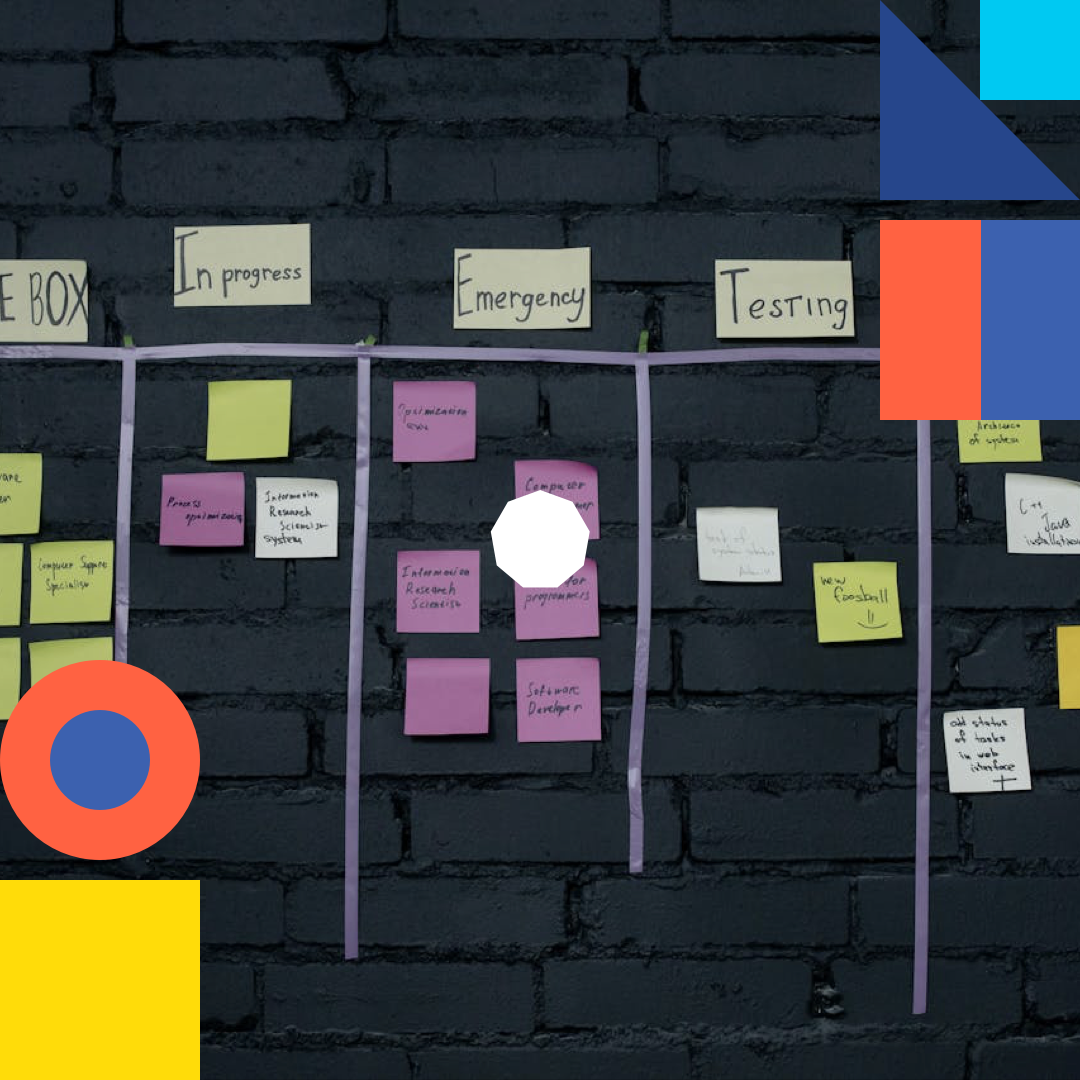A Journey Through Its Five Phases:
Embarking on a new project can be both exhilarating and daunting. The success of your project hinges on navigating the project management life cycle effectively. This cycle consists of five distinct phases, each critical in steering the project from conception to completion.
Let’s have a look at these phases together and explore how they contribute to a project’s success.
1. Initiation: Laying a (strong) Foundation
Objective: Define the project.
The initiation phase is where it all begins. The goal here is to establish the project's feasibility and outline its objectives:
- Developing a Project Charter: This document formally authorises the project and provides a clear roadmap of what is to be achieved.
- Identifying Stakeholders: Recognise everyone impacted by the project and understand their roles, needs, and expectations.
- Determining Feasibility and Risks: Evaluate whether the project is viable and identify potential risks that could derail it.
Outcome: The initiation phase culminates in creating a project charter, setting the stage for what’s to come.
2. Planning: Charting the Course
Objective: Establish the scope, objectives, and procedures for the project.
With the groundwork laid, it’s time to dive into the details. The planning phase is where we map out how to achieve the project’s goals:
- Defining Project Scope: Clearly outline what is included in the project and what is not, preventing scope creep later on.
- Creating a Project Management Plan: Develop a comprehensive plan that covers timelines, resources, and methodologies.
- Developing Schedules, Budgets, and Resource Plans: Allocate time, money, and human resources effectively to ensure the project stays on track.
- Identifying and Planning for Risks: Proactively address potential issues that could impact the project’s success.
- Setting Performance Baselines: Establish benchmarks to measure project progress and performance.
Outcome: A detailed project management plan from us here at Turnkey Project Solutions that simply guides the execution and control phases.
3. Execution: Bringing Projects to Life
Objective: Implement the project plan by performing the tasks defined.
Time for the action. The execution phase is where our plans are put into motion and the project’s deliverables are created:
- Assigning and Managing Project Resources: Ensure that the right people are working on the right tasks at the right time.
- Executing Project Tasks: Carry out the work defined in the project plan.
- Tracking Project Progress and Performance: Monitor all activities to ensure they align with the projects budget, timeline etc.
- Communicating with Stakeholders: Keep everyone informed about the project’s progress and any issues that may arise.
- Ensuring Quality Assurance: *This is important to us; Make sure that the deliverables meet the required standards and specifications.
Outcome: The tangible outputs or deliverables of the project.
4. Monitoring and Controlling: Staying on Course
Objective: Ensure that project objectives are met by monitoring and measuring progress.
Throughout the project, it’s essential to keep a close eye on progress and make adjustments as needed. This phase involves:
- Tracking Project Performance Against the Baseline: Regularly compare actual progress to the original plan.
- Managing Changes to the Project Scope, Schedule, and Costs: Handle any changes that arise, ensuring they don’t derail the project.
- Identifying and Mitigating Issues and Risks: Address problems promptly to minimise their impact.
- Ensuring Quality Control: Continuously check that the project’s outputs meet the necessary quality standards.
Outcome: Regular progress reports and updated project plans that reflect the current status and forecasts.
5. Closing: Wrapping Up
Objective: Finalise all project activities and formally close the project.
The closing phase marks the end of the project management life cycle. This is where you tie up loose ends and evaluate the project’s success:
- Obtaining Formal Acceptance of Deliverables: Ensure that all project deliverables are completed to the stakeholders’ satisfaction.
- Conducting Project Review and Documenting Lessons Learned: Reflect on what went well and what could be improved for future projects.
- Releasing Project Resources: Free up resources so they can be used for other projects.
- Closing Out Contracts and Procurements: Complete any remaining contractual obligations.
- Archiving Project Documents: Store all project documents for future reference.
Outcome: A final project report and administrative closure, signifying the official end of the project.
Each phase of the project management life cycle is essential for ensuring that your project is completed successfully, on time, and within budget. By understanding and effectively navigating these phases, you can enhance your project management skills and lead your team to victory. So, the next time you’re handed a new project, remember this journey from initiation to closure, and set yourself up for success!

Comments